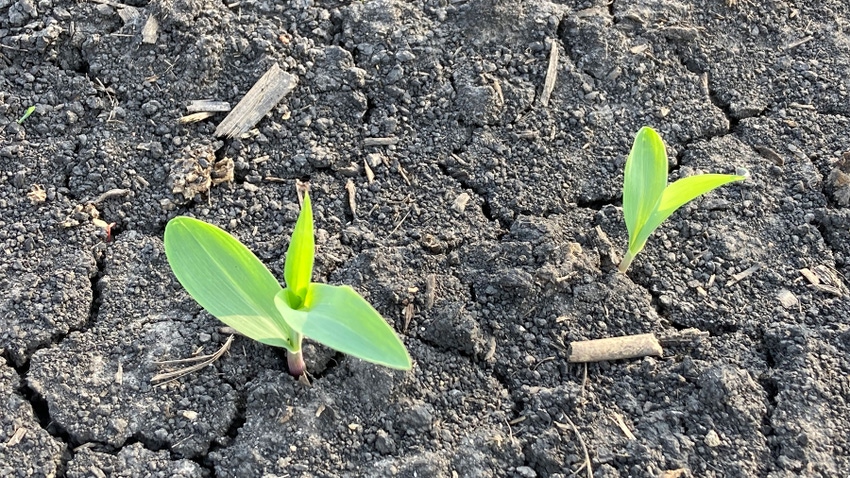March 20, 2024

After a record-setting warm meteorological winter (December through February) in Minnesota, attributable to both a changing climate and a strong El Niño-Southern Oscillation episode in the equatorial Pacific Ocean, many farmers have asked me about any carryover effects on April’s weather.
Curiosity stems from April often marking the start (and sometimes the finish) of the crop-planting season in our state. This is an interesting question.
The current ENSO episode has been one of the strongest of the last 95 years, but it is expected to dissipate and transition to neutral conditions this spring and early summer.
Past research has shown that ENSO episodes generally have no effect on spring weather patterns in Minnesota. There are not enough historical cases of strong ENSO episodes to provide a robust statistical analysis of its effects on April weather in Minnesota, but we can examine the 10 most recent strong cases and see what the subsequent April weather patterns looked like.
The 10 strong cases of ENSO episodes during the meteorological winter include, chronologically, 1931, 1958, 1966, 1973, 1983, 1987, 1992, 1998, 2010 and 2016. Using historical USDA National Agricultural Statistics data on planting progress, we find that in seven of these years, Minnesota farmers were able to start early spring field work, and planting made good progress from mid- to late April.
Further crop germination was relatively rapid as warmer-than-normal April temperatures prevailed in seven of these 10 years as well. In fact, both 1987 and 2010 rank among the warmest Aprils in state history.
Moisture-wise, eight of these 10 years saw below-normal rainfall during April, with 1987 marking the driest April in state history (only 0.39 inches as a statewide average). Additionally, 1931 ranked as the sixth-driest April.
There have been no remarkable wet Aprils following these 10 strong ENSO episodes. Both 1931 and 1987 were the only years when deficient rainfall was a precursor to growing season drought across the state.
After successful early planting in April during 1998, 2010 and 2016, the growing seasons were highly favorable, with an adequate temperature or ample growing degree days for crop development, as well as ample rainfall and soil moisture throughout.
It is interesting to note that the National Oceanic and Atmospheric Administration Climate Prediction Center’s seasonal outlook models unanimously favor a warm April in Minnesota, as well as a warmer-than-normal early growing season (through June). As for rainfall, the models call for equal chances of above- or below-normal amounts.
More on Minnesota’s weather history is available in my book, Minnesota Weather Almanac, Second Edition, which is available at most bookstores or through the Minnesota Historical Society Press.
Seeley is an Extension professor emeritus of meteorology and climatology at the University of Minnesota.
About the Author(s)
You May Also Like




